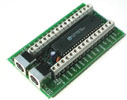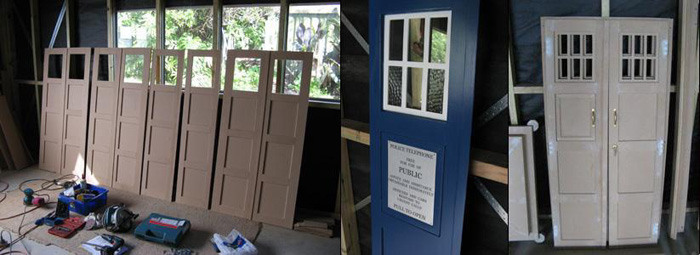多平台大型電玩模擬器 與 電話亭


How MAME supports controls
MAME basically treats key presses from the standard PC keyboard as digital inputs (like buttons or digital joysticks) on a real arcade machine. For example the arrow keys map to left, right, up and down joystick movements and pressing CTRL and ALT is like hitting the fire buttons. MAME also supports things like PC mice and trackballs as well as analogue joysticks. The good thing about MAME is all the controls are configurable. It also provides keys for things like the player select buttons and to simulate people inserting coins into the machine.
 Fig 7. iPac controller(鍵盤訊號模擬電路)
Fig 7. iPac controller(鍵盤訊號模擬電路)
A MAME control panel will usually have a bunch of buttons and joysticks and other controls that are wired up to simulate pressing keyboard keys. There are several ways of doing this. You can modify an existing keyboard and wire the buttons into that. This is commonly known as a 'keyboard hack'. There are limitations to this method however and, as Dirty Harry says, "A man's got to know his limitations". A much better method is to use a keyboard encoder (such as the iPac made by Ultimarc). This is a piece of hardware you plug into a keyboard or USB port. It has on it a variety of inputs that you can then wire buttons to. Pressing a button causes the controller to send the appropriate key press signal to the PC. These controls are usually very powerful and flexible allowing you to reprogram what buttons simulate which keyboard keys as well as allowing you to program in special feature like shift keys and even macros to simulate pressing combinations of keys in specific orders.
木工和門板

沒有留言:
張貼留言